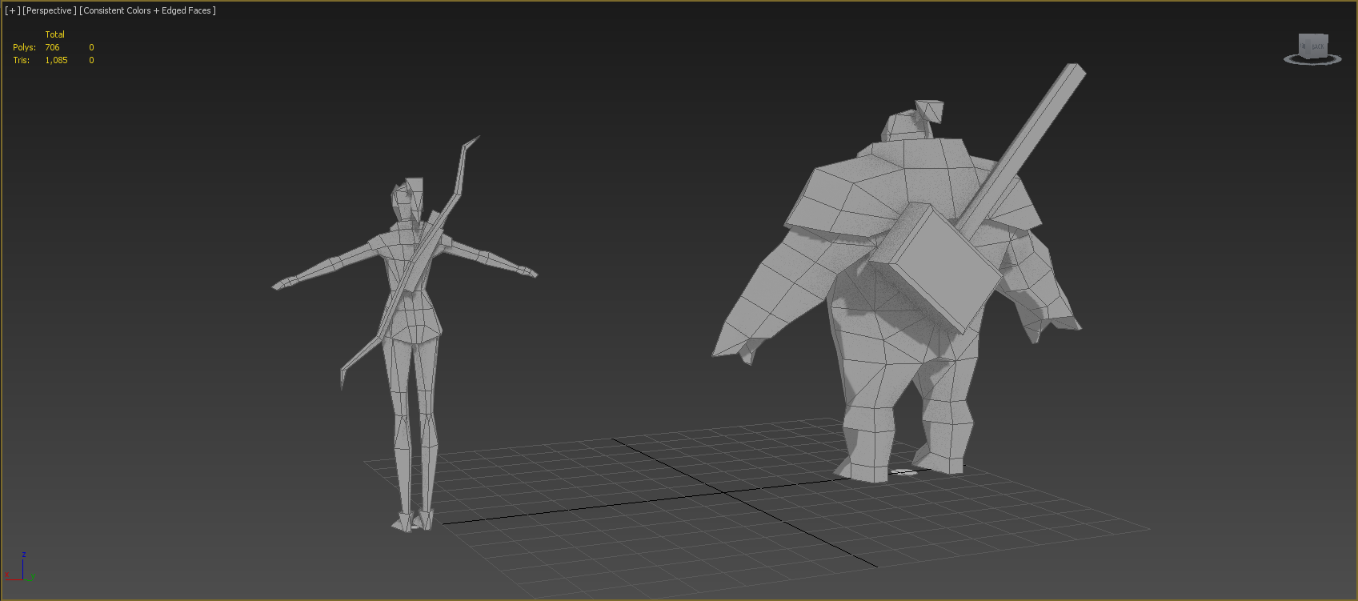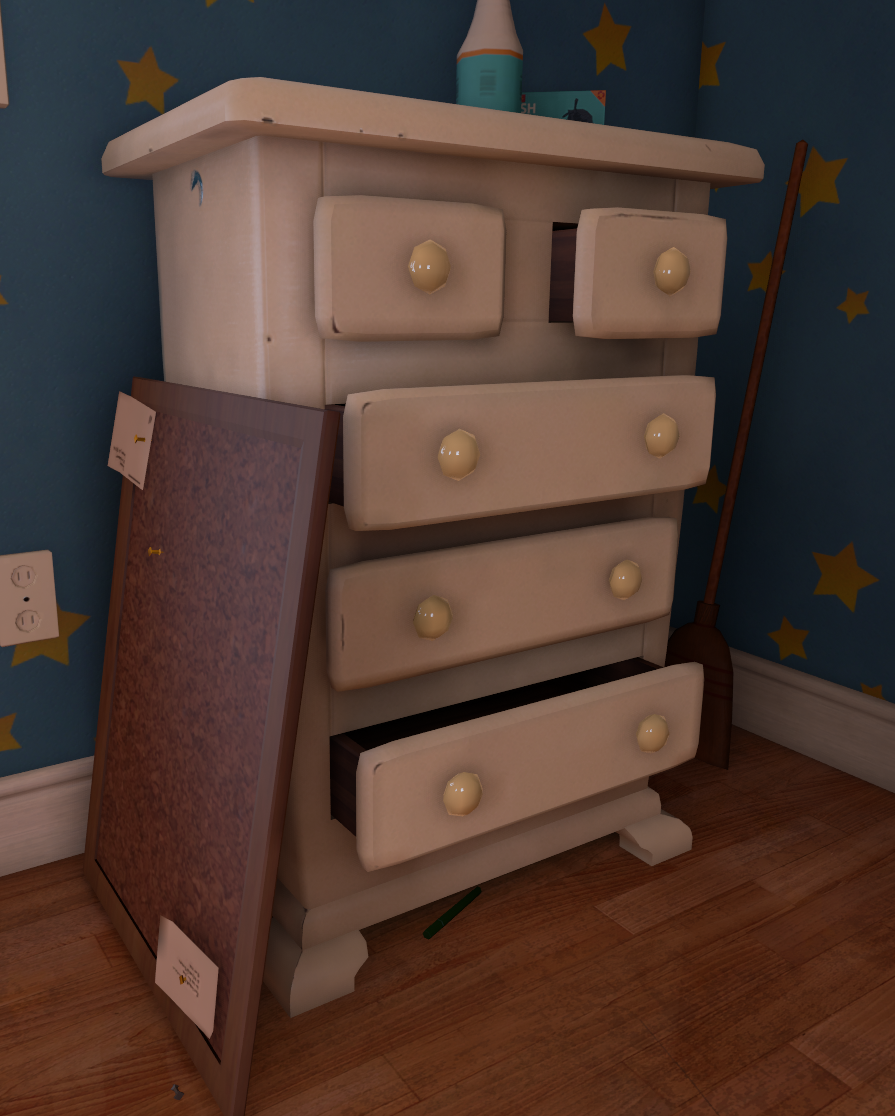As with some of the last post, I finally feel as though I can talk more freely from a first hand point of view about my own experiences with video games. Looking back at parts one and two, It seems like I pretty much wrote those posts like they were some kind of formal essay, most likely because I knew little about what I was writing, couldn't find much of interest to me and also because I didn't live through those periods. This personal enquiry task will allow me to talk more easily about the things that interest me personally.
Admittedly, I've never been much of a heavy gamer, but without having played some of the games that inspired me I probably wouldn't be here studying a game art design course. A lot of my peers are gamers, but personally I've just always had a deep interest in concept art, and art in general. Perhaps its just the subject matter that I like about games and concept art? I've always liked fantasy clichés and archetypes for instance, but I tend to take a lot of notice of the execution of work and paintings too. I like the work of a lot of traditional oil painters such as Anders Zorn and John Sargent, but specifically I enjoy seeing how concept artists or digital painters in general have been employing those traditional painting methods within a new digital medium.
Besides just the art however, there are definitely a few games I can name that have inspired me from an artistic standpoint too, as they should. After all, most games are full of art aren't they? They are visually stimulating, full of things to look at. One of my personal favorites is Shadow of the Colossus, for its dark and gritty world full of earthy green and black tones. Its a very artistically driven game and games have become ever more oriented towards visuals. Even if I already had an interest in drawing before hand, I don't think I would have discovered concept art before playing video games. To stop myself from rambling on any further, the topic I'm basically going to talk about is concept art, artists in the industry and what it is that inspires me so much about these.
So what is concept art? Well, first I'll take a dictionary definition of the word concept:
con·cept (kŏn′sĕpt′)n.
1. A general idea derived or inferred from specific instances or occurrences.
2. Something formed in the mind; a thought or notion.
3. A scheme; a plan:
Basically, concept art refers to any art that presents an idea. In the case of video games that is typically anything varying from character design, environments and levels, weapons, Armour and vehicles. Just take a look at these for instance.
 |
| Lord of the Rings Online Archer concepts, Wes Burt |
|
|
 |
| Early 'Bayonetta' concepts, Wes Burt |
|
These are some awesome examples of character concept art by Wesley Burt. The characters are stood in a neutral posture that is easy to read, they have cool silhouettes, and they are painted in a way that clearly shows the different materials and details in their armour designs. Basically, you could make a 3D model from these concepts. A lot of the time, I think the concept art looks a lot better than the final in-game product. Just look at those Bayonetta concepts for instance, personally I think any one of those looks way more aesthetically pleasing than the final product that ended up in the game. But then again, these concepts didn't fit in with the overall style of the game, which has a more
anime style vibe. In my opinion, these still look cooler though.
 |
| Lord of the Rings Online, Horse Lord concepts -Wes Burt |
Something else I love about character concept art is how easily you can begin to visualize a back story for these characters. There's a whole other universe surrounding them, and this is frequently shown in their armour or costumes, which can often contain cultural references from our world too. This is important because fictional characters and worlds, to an extent, still need to be somehow relatable to our world and the familiar in order to make sense to the player. Just look at the Lord of the Rings Online concepts for instance, they might be inhabitants of a fantasy world however they still have designs that hold true to a medieval period from our timeline. Their attire are ornate and glorified versions of clothes and armour akin to that seen in the middle ages. Science and Fantasy fiction draw parallels and take inspiration from reality, and this makes sense; You need to draw from what already exists in order to create something new. Tolkien himself even did this when writing the Lord of the Rings.
Besides all this, I just love the overall aesthetics of the character concepts. The silhouette, forms, lighting, values and other fundamental things. This brings onto another thing in digital painting and concept art, fundamentals and execution. My first endeavors into concept art started when I was around 13, my dad had bought me the Art book featuring all the concept art done for World of Warcraft. I was pretty blown away, and spent long hours staring at the pages wondering how they made it look so awesome. Of course back then I didn't really know that fundamentals in art were a thing in the process of improving your work, I just kept on drawing whatever for fun. But a few years later after exploring different art forums online I discovered various ways to improve my fundamentals.
It was from here I started to produce studies that would help me improve, I also discovered literally hundreds of contemporary concept artists that have inspired me to this day. One of those in question is Craig Mullins.
.jpg) |
| portrait by Craig Mullins |
|
 |
| untitled - Craig Mullins |
|
Mullins is a perfect example of an artist that takes a very traditional approach to digital painting. I love his work for its painterly and loose style, focusing on an abstract and suggestive approach to creating work, as opposed to being very methodical and building up from lines etc. To me, his work shows that you don't need to over render in order to get your idea across, his paintings read well straight away without the need for minor details. He's always looking at the bigger picture and blocking in the main values of a painting. This is a thought process and style of painting that I have gradually come to pursue with my own work, I love it not only for its painterly look and broad strokes, but also because the process of creating a painting this way allows me to focus purely on
value, light and forms without the need for over-doing a painting.
To summarise, I guess I've always had some kind of affinity for art, however video games have aided me in narrowing down what it is that I like in particular, both in terms of subject matter and style. Discovering concept art via video games has introduced me to an ever growing amount of awesome artists who work in this industry, which in turn has inspired me to pursue my own goals to work in this field as an artist. At the end of the day though, I don't think it really means that much whether or not I actually land a job in the games industry, as it's far from being my 'end goal'. For instance, I don't think I would feel an ounce of satisfaction with a job in the games industry if I wasn't creating art that I enjoyed. Personally, I'm always going to be focused on improving my art wherever I am as it's something I will always enjoy as a hobby. To me, the career would be the bonus.
References
Wesley Burt art:
http://wburtconcept.blogspot.co.uk/ and
http://wesleyburt.tumblr.com/page/10
Craig mullins art:
http://www.emptykingdom.com/wp-content/uploads/2010/01/Picture-7.jpg and
http://www.goodbrush.com/



















































.jpg)
